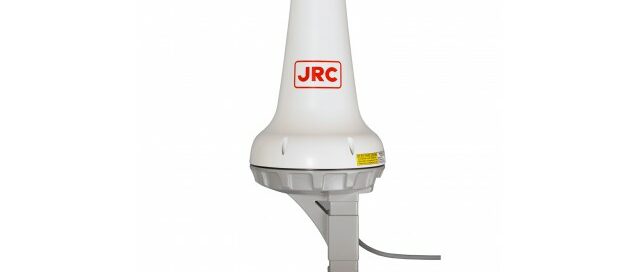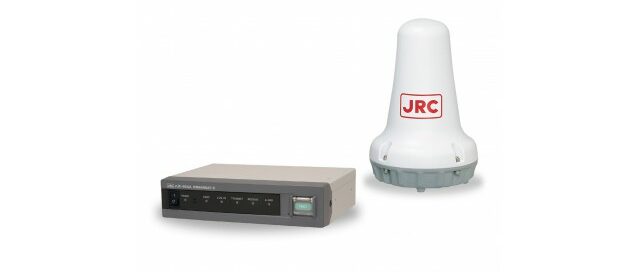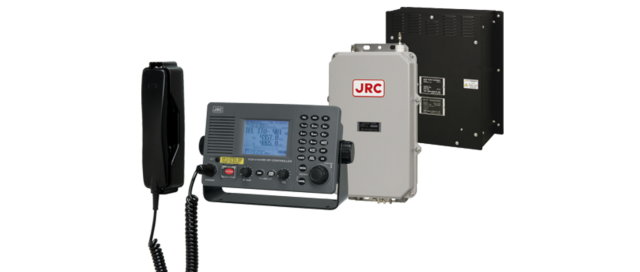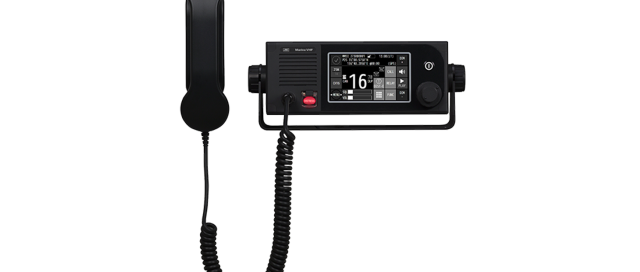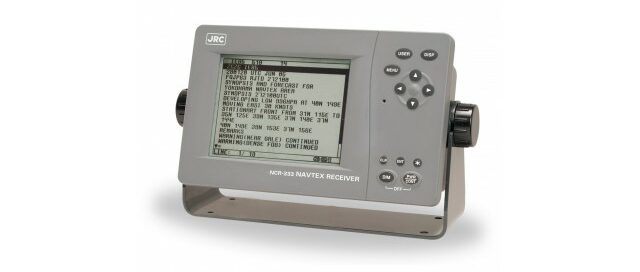JUE-87
The JUE-87 is a highly reliable mobile satellite message communication system, having the ability to handle commercial, operational and personal messages just as easily as distress and safety communications. JRC JUE-87 Inmarsat C is a digital satellite communication system whereby data can be encoded into digital format, whether text, numeric data from instruments or other information in digital format can be sent and received over the system. A simple user interface allows sending and receiving messages. The new messaging unit features a high brightness color LCD with an extra wide viewing angle. The Inmarsat C terminal is integrated into the display, allowing for a straightforward installation approach and is ready for our Remote Maintenance System (RMS). Our new 10.4-inch messaging unit features a color display with a variety of coloring menus. Factory default color is Ocean Day. The LCD gives you a bright picture with excellent color consistency, even when you're viewing the display from the side.

